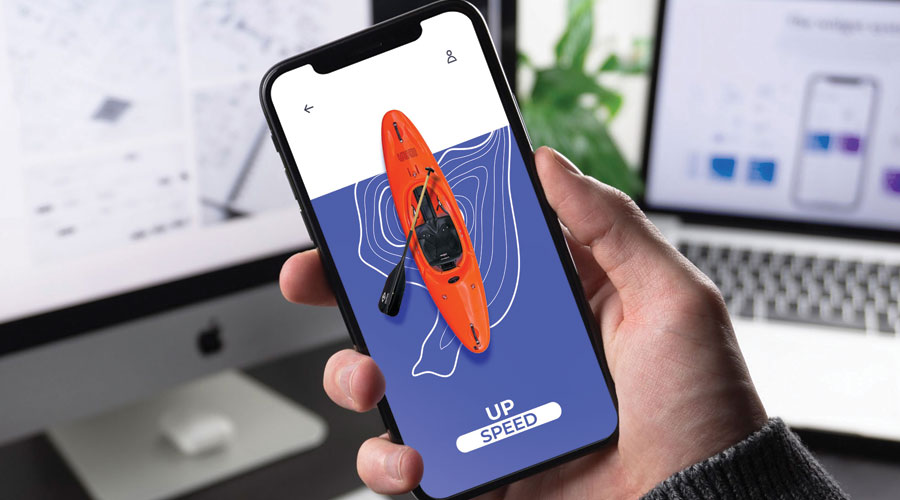
With the present development and growth at a rapid rate in the field of technology, nowadays, mobile devices have also been regarded as a standard source for internet browsing. Since most of the users in internet usage belong to mobile devices, optimization has become an essential feature in website design. This isn’t only limited to modification of design and content to easily access on mobile for smooth navigation. In this article, we consider the impact of mobile optimization upon website design and its manifold advantages.
Importance of Mobile Optimization in Website Design
Mobile optimization in website design plays a very important role. Now that mobile devices have taken over as the mainstream devices for browsing the internet, not optimizing these for sure will result in a bad user experience and ultimately a loss of engagement and conversions. According to Statista, in 2021, 56.16% of the website visits were contributed by mobile devices up from 52.2% recorded back in 2018. Therefore, this clearly illustrates that in the case of designing a website, the only factor which a designer should consider is its optimization for mobile devices.
Mobile Usage Statistics
With each passing day, mobile devices have turned into an essential part of our life. From social media to online shopping, we use our mobile devices for almost everything. Overwhelming statistics concern the use of mobile devices for internet access. According to Statista, in 2021, 56.16% of website visitors used mobile devices, while this was 52.2% in 2018. Furthermore, within the next few years, this number will continue to grow even further.
Implications of Mobile Usage on Website Design
Since most of the website traffic is driven through mobile devices, designing a website has to be specially focused on the needs of mobile users for an optimum user experience. Bad user experiences are known to drive potential customers away from businesses. In making sure that good user experiences are created in mobile phones, website designers have to be concerned about best practices related to mobile optimization.
Mobile Optimization Best Practices
There are a set of best practices that designers of websites should follow in order to optimize their website for mobile. These include:
Responsive Design: This is a design that allows websites to automatically adjust to screen size and orientation of the device accessing the website. It ensures that whatever device is used, the website opens up and functions perfectly.
Mobile-First Design: The mobile-first design means creating a design for small screens of mobile devices first, then moving towards big ones. This is very important to ensure that the website is optimized for mobile devices first.
Optimization for Touchscreens: Optimization for touchscreens means making interfaces and layouts that can be easily navigated with the help of touch gestures, like swipes and taps.
Fast Load Times: The speed at which a website loads is crucial for mobile optimization, as users are impatient and will not wait for a site to load on their phone.
Minimalistic Design: The minimalistic design makes for clean and simple layouts that work best while optimizing for mobile devices since it reduces clutter and enhances navigability.
Cross-Browser Compatibility: Another critical consideration in the realm of mobile optimization, cross-browser compatibility, should ensure access to websites with any mobile browser.
Compatibility: by design, it is very critical, especially when one considers the vast number of screen sizes and resolutions out there. Not optimizing for certain devices creates a terrible user experience and hence hurts engagement.
Advantages of Mobile Optimization
Businesses stand to gain the following from mobile optimization:
Enhanced User Experience: this ensures the creation of a good experience for the user, who is mobile, translating to high rates of conversion.
Increased Engagement and Conversion Rates: A good user experience may mean more engagement and conversion, thus increasing sales and revenue.
Improved Search Engine Rankings: Mobile optimization will improve search engine rankings, as search engines put mobile-friendly websites higher in the results.
Increased Brand Visibility and Awareness: By optimizing for mobile devices, businesses can increase their brand visibility and awareness, reaching a
Common Mobile Optimization Mistakes:
There are also common mobile optimization mistakes that website owners should avoid. These include:
Poor mobile usability: Website owners must make sure their website can easily be used through mobile devices. It includes navigation, which is easier and utilizing big buttons so that the mobile user finds your website readable easily.
Slow loading times: Mobile users are pretty short on time, so website owners must make sure their website instantly loads on mobile devices.
Too much content: the mobile screens are small; hence, too much content must not be fitted on one web page.
Overcomplication of design: Mobile users expect simplicity in interacting with the websites visited.


